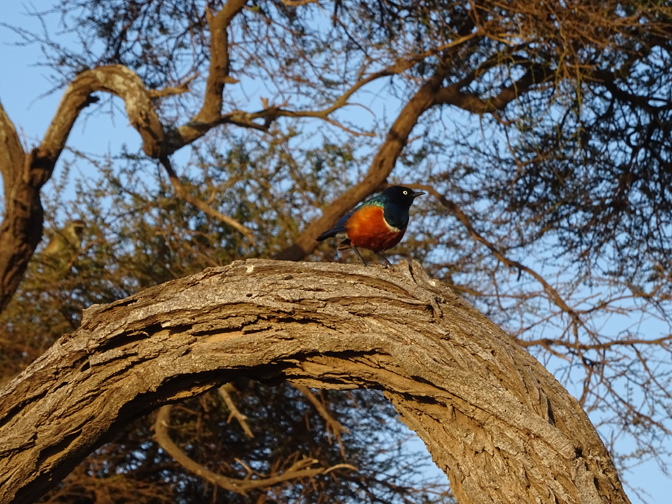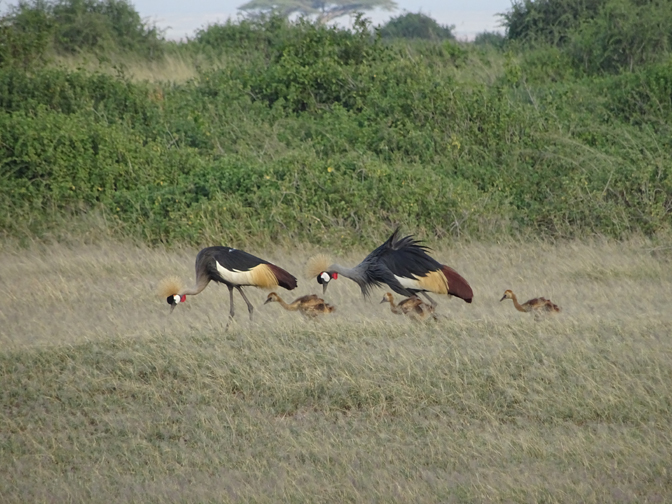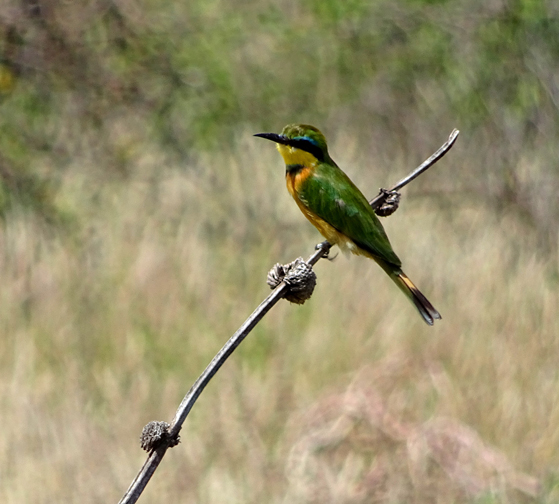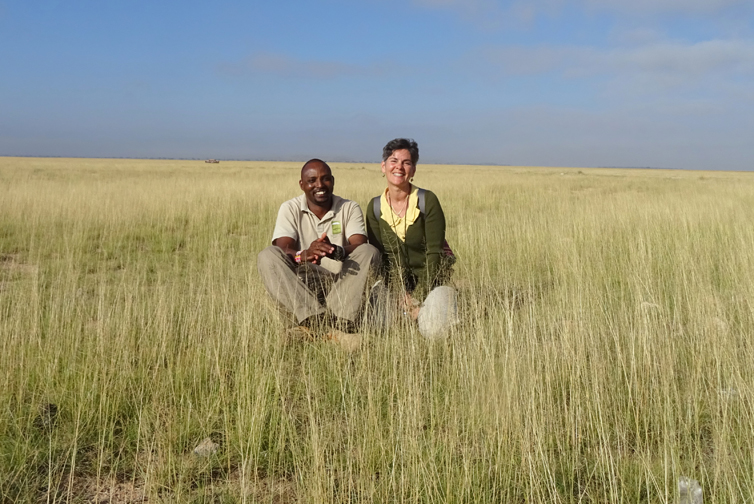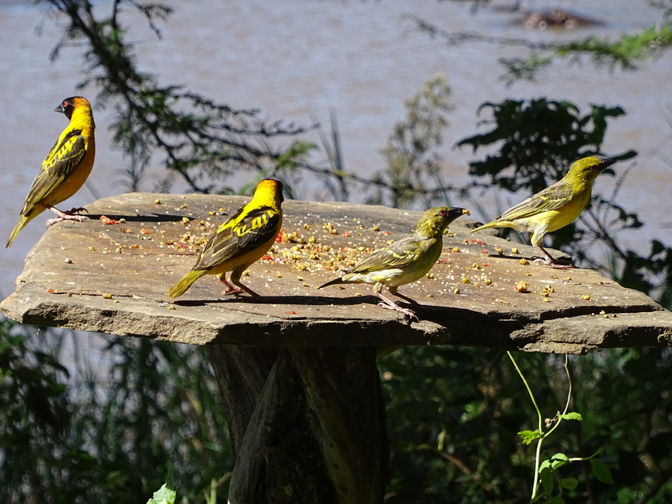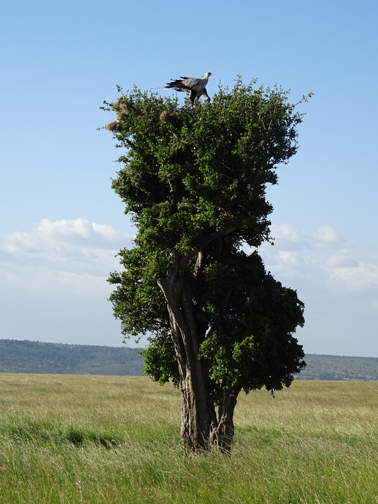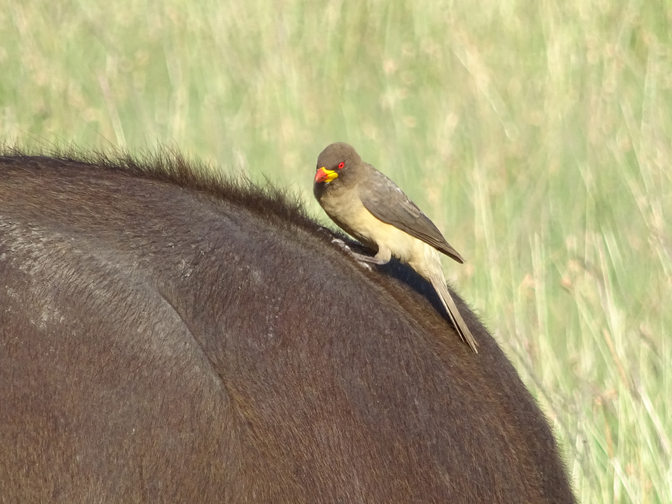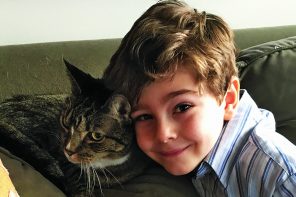For the past two decades I’ve had a passion for things that fly.
As well I should: Writing about aviation is how I make my living. I can tell a Boeing 737 from any other airliner by the shape of the tail. I recognize a Piaggio Avanti turboprop by the sound of its two engines long before its characteristic canard-type design (forward wing) comes into view.
How birds arrived on my radar screen is not so clear, but on a trip to Gulf Shores, Alabama, I took a bike tour of Gulf State Park with the editor of the magazine of the American Birding Association, Ted Floyd. It was then that a passing interest settled in to roost.
As we pedaled along, I was captivated by a beautiful gray blue Northern mockingbird and a loggerhead shrike perched at the top of a long dead tree. Shortly after that, a bald eagle flew so close overhead I could actually feel the pressure of the air being pushed down by its massive wings.
My second impression, however, was not about the birds, it was about the birder. Ted could recognize each song, including different calls made by the same bird. He could identify birds by shape and by location. If he was bothered by my constant questions, he kept it to himself.
Until that trip, I was content to sit in my home office, binoculars at the ready, and watch the goldfinches picking the remains from my dying echinacea flowers or the blue jays splashing in the birdbath. I harbor an affection for — but no real knowledge of — nature and wildlife.
Last February, however, before leaving for assignment in Kenya, I grabbed the binoculars off my desk and stuck them in my bag. The possibility of seeing lions, rhinos and giraffes, not to mention all the airplanes at Nairobi’s international airport, was on my mind. Then again, perhaps I’d see some interesting birds, too.
I have to chuckle at my ignorance. Lord knows Ted had a good laugh. When I wrote from Kenya’s Amboseli National Park to tell him, “There’s so much more in Kenya than the big five,” he replied with a gentle ho-hum: “It’s like discovering that New York has many buildings or that the ocean is deep or that outer space is cold and dark.”
An aviation aficionado who assumed the most interesting things in the skies had motors, I was the accidental tourist at the ultimate birding destination.
Visitors to Amboseli at the foot of Mt. Kilimanjaro are largely drawn to the park’s large resident population of elephants. But during my visit, I was fortunate to have a guide whose first love is birds.
Eric Ole Kalama grew up in a Maasai village in Amboseli tending the family cows, which pasture in the park during the day and are herded home at night to the safety of predator-proof pens.
“I would sit in the fields but watch the birds,” he told me of his long days with the cattle. “Always I wanted to know more about them.”
Kalama’s first job outside his tribe was at the Amboseli Trust for Elephants. There, program director Cynthia Moss noticed his interest in birds and gave him his first bird book, reinforcing his long affection for the area’s largest and smallest residents. Eric now has his own touring company, Elephant Garden Safari.
As Ted had been in Alabama, Eric was the perfect guide for a fledgling birder in Africa. He indulged my enthusiasm for the brilliant, iridescent, blue-backed, red-breasted superb starling, which, judging from its ubiquitousness and appetite for garbage, must be something like the pigeon of Kenya.
Eric had a way of knowing which birds I wanted to see again and again so that each morning as we left the camp, he would stop the jeep so we could admire the white bellied go-away bird perched in the tree just outside the gate. Then we’d scan the nearby trees, often finding its mate.
My companions on the trip were less-than-enthusiastic about all the stops we made to gaze skyward, and I got that. The big five checklist (elephant, lion, leopard, Cape buffalo and rhinoceros ) does not include birds. But Eric was politely oblivious to their impatience.
Early the first morning after spending a glorious few hours watching hundreds of elephants making their daily foray into the swamp for mud baths, we spied a large steppe eagle pacing the ground. Eric explained it was searching the tall grass for nests to rob for breakfast. Above, a nervous blacksmith lapwing repeatedly charged at the predator, to no avail. All this high drama was not diminished by the reduction in the size of the animals we were observing.
We saw so many birds, I must confess, that some of those I conscientiously added to the list in my notebook have faded from my memory. A Google image search shows me that the speckled mousebird is stunning, with a golden tuft and elegant tail. How could I have forgotten actually seeing it? And then I’m thankful that Eric stopped so many times to revisit the plodding secretary bird, the gray-crowned crane, Von der Decken’s hornbill and the pygmy falcon because they are firmly imprinted in my memory now.
It is worth noting then that of all the wonderful wildlife I saw on my trip to Kenya, the bird I remember best is the one I saw just once and from a great distance. Looking for it had come at the suggestion of Katie Rees, an American who represents the Kenya Tourism Board in New York, and so is naturally a frequent visitor. On a previous trip, she’d glimpsed a lilac-breasted roller and remembered its blue, turquoise, olive and lavender palette. She said this was the bird I needed to see to make my visit complete.
On one of my last days in the park, Eric drove no more than a mile, and then, as if prearranged, stopped the jeep and put his binoculars to his eyes. “There,” he said pointing at the top branch of a tree about 50 yards away.
Perfectly illuminated by the afternoon sun and contrasted against the dead branch on which it was perched was this 14-inch beauty. As much as I appreciated the sight, I knew then that the magic was about more than the bird. It was also about the moment that seemed to have been summoned by the strength of our desire.
My interest in birds is fast becoming a passion while presenting a dilemma: Where should I look the next time I’m outdoors and an airplane and a bird fly by?
Christine Negroni is an aviation and travel writer and ABC News consultant. Order her book “The Crash Detectives: Investigating the World’s Most Mysterious Air Disasters” (Penguin, 2016) at amazon.com.

